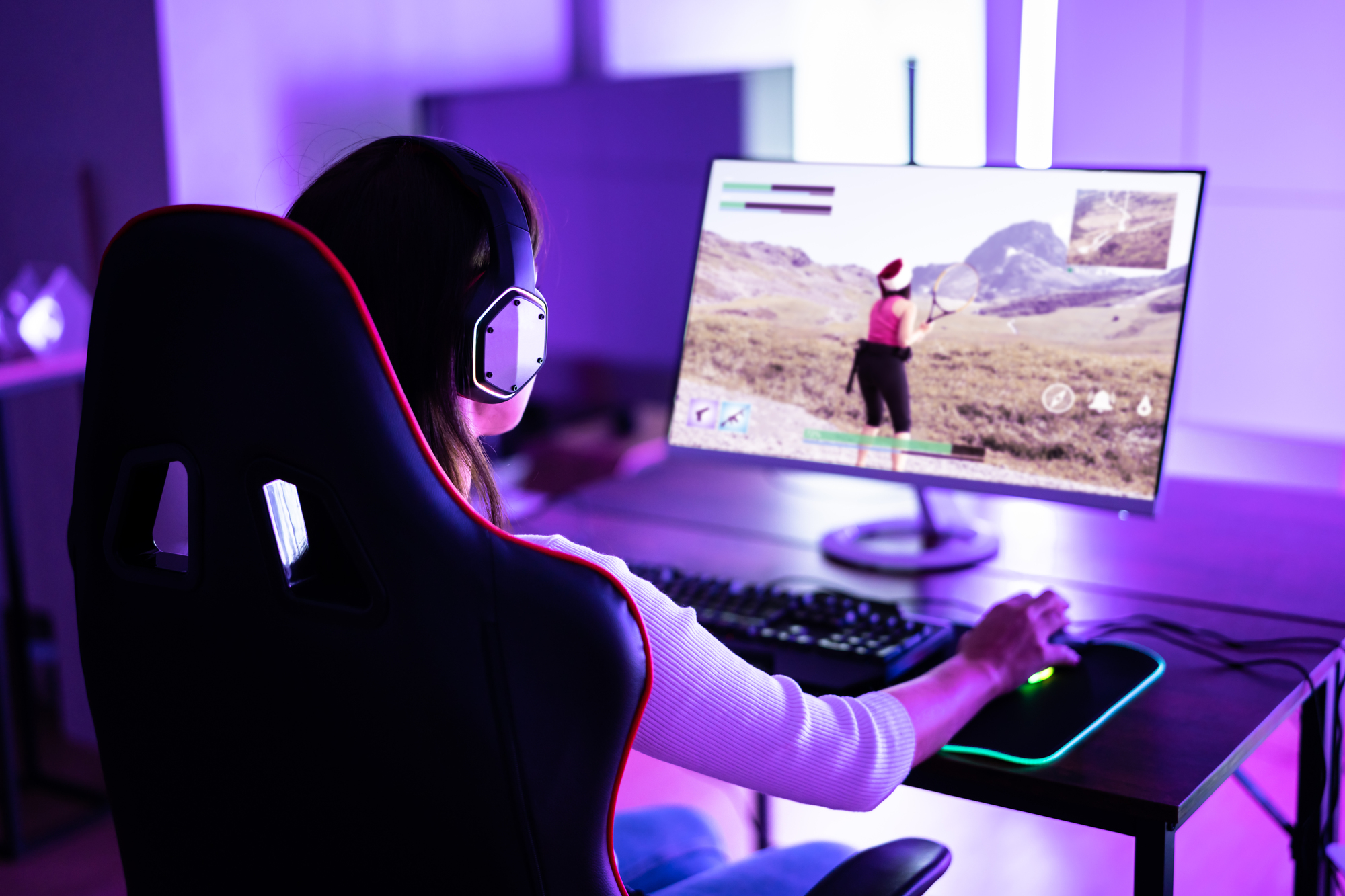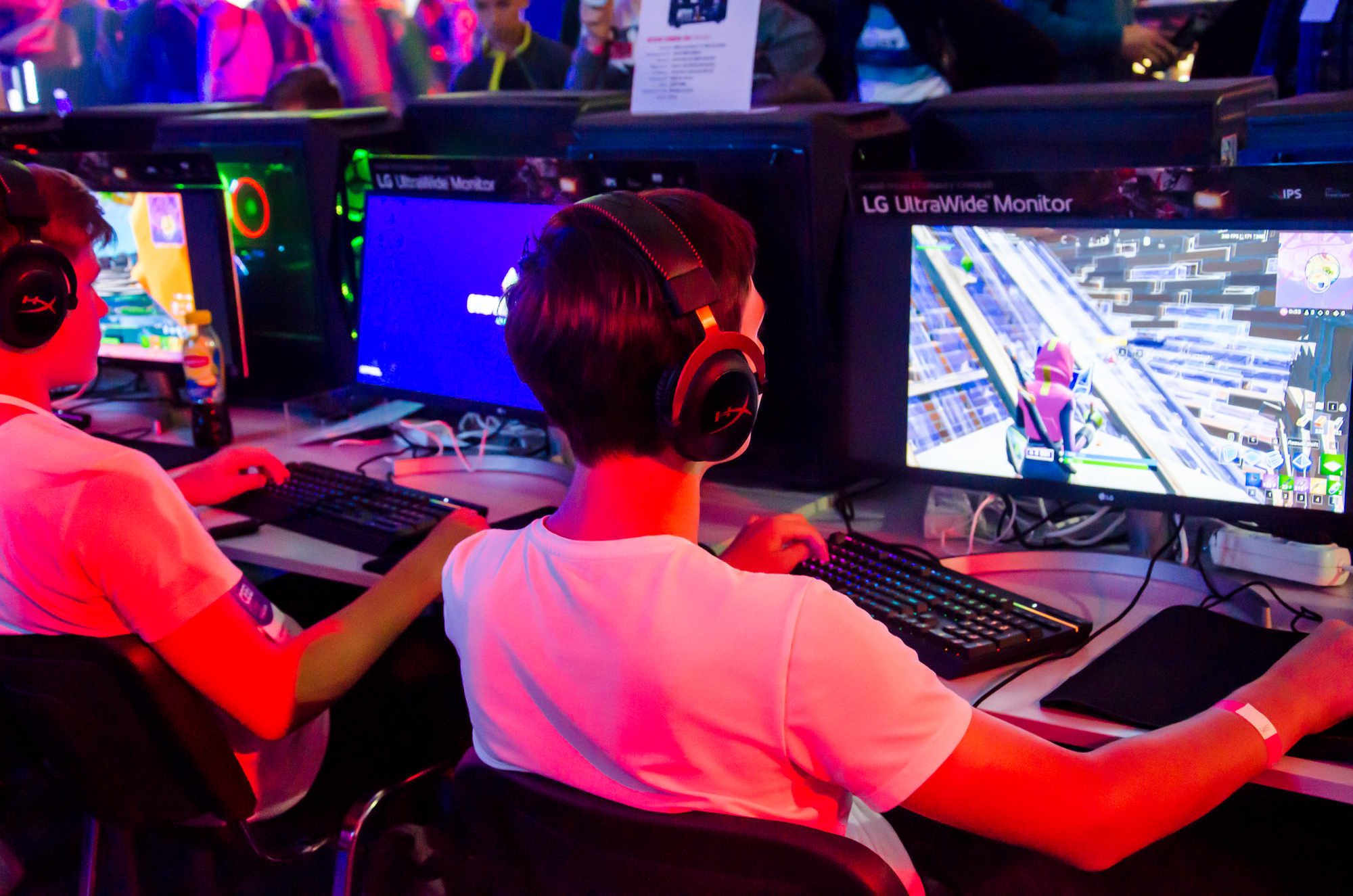Augmented Reality (AR) is transforming education by merging digital elements with the physical world. Video games incorporating AR technology offer students interactive and engaging learning experiences. These games create immersive environments where students can explore complex subjects, visualize abstract concepts, and practice skills in realistic scenarios.
AR educational games utilize mobile devices’ capabilities, including geolocation, Wi-Fi, and video functions. This technology allows students to access additional information, collaborate with peers, and interact with virtual objects in real-world settings. The integration of AR in educational video games enhances student motivation and improves learning outcomes across various subjects.
As smartphone usage continues to rise, especially among young adults, the potential for AR-based educational games grows. These games can adapt to different learning styles, provide instant feedback, and make abstract concepts more tangible. By combining entertainment with education, AR video games are becoming valuable tools for teachers and students alike.
Understanding Augmented Reality in Education
Augmented Reality (AR) integrates digital elements into real-world environments, offering innovative approaches to teaching and learning. This technology enhances educational experiences by overlaying virtual information onto physical spaces.
The Concept of AR and Its Educational Value
AR combines real-world settings with computer-generated content, creating interactive learning environments. It allows students to visualize complex concepts, manipulate virtual objects, and engage with educational material in three-dimensional space. AR applications in education range from interactive textbooks to virtual field trips.
AR enhances learning by providing contextual information, improving spatial understanding, and fostering active participation. It supports various learning styles and can adapt to individual student needs. Studies show AR can increase motivation, attention, and knowledge retention among learners.
Differences and Synergies with Virtual Reality
While AR augments the real world, Virtual Reality (VR) creates fully immersive digital environments. AR allows users to maintain awareness of their physical surroundings, making it more suitable for classroom use. VR, on the other hand, offers complete immersion, which can be beneficial for simulations and scenarios that are difficult to replicate in real life.
Both technologies complement each other in educational settings. AR works well for enhancing real-world learning experiences, while VR excels in creating simulated environments for practice and exploration. The choice between AR and VR depends on specific learning objectives and available resources.
Implementation of AR in Learning Environments
Augmented Reality (AR) integration in educational settings requires careful planning and execution. AR technologies offer new ways to engage students and enhance learning outcomes through interactive experiences.
Designing AR Educational Experiences
AR design for education focuses on creating meaningful interactions that support learning objectives. Educators and developers collaborate to identify key concepts and skills that can benefit from AR enhancement. They consider factors like student age, subject matter, and available technology.
AR experiences often incorporate 3D models, animations, and interactive elements overlaid on real-world objects or environments. For example, science classes might use AR to visualize molecular structures or explore human anatomy. History lessons could bring historical sites to life through AR reconstructions.
Effective AR design balances educational content with user-friendly interfaces. Clear instructions and intuitive controls help students focus on learning rather than struggling with technology.
Mobile AR Applications in Education
Mobile devices serve as popular platforms for AR in education due to their widespread availability and built-in cameras. Educational AR apps leverage these features to create accessible learning tools.
Many AR apps use marker-based technology, where printed images trigger digital content when scanned by a device camera. This allows textbooks and worksheets to come alive with additional information, videos, or interactive elements.
Location-based AR apps use GPS to provide contextual information about surroundings. These can enhance field trips or outdoor learning activities by overlaying relevant data on real-world locations.
Some educational AR apps incorporate gamification elements to increase student engagement. These might include quests, rewards, or competitive features tied to learning objectives.
Assessment and Evaluation Techniques
AR technologies present new opportunities and challenges for assessing student learning. Traditional evaluation methods may need adaptation to account for AR-enhanced educational experiences.
Performance-based assessments can measure how well students apply knowledge in AR-simulated scenarios. For instance, medical students might diagnose virtual patients using AR tools.
Data analytics from AR applications can provide insights into student engagement and progress. Tracking metrics like time spent on tasks or interaction patterns helps educators identify areas for improvement.
Rubrics for AR projects often consider both content knowledge and technological proficiency. Criteria might include the accuracy of AR content creation, effective use of AR features, and demonstration of subject understanding.
Impact of AR Video Games on Education
Augmented reality video games are transforming educational experiences, offering innovative approaches to learning and engagement. These tools blend digital content with the physical world, creating immersive and interactive environments for students.
Game-Based Learning and Motivation
AR video games in education tap into students’ natural affinity for play, boosting motivation and engagement. These games create a fun, low-pressure environment where learners can explore concepts at their own pace.
The gamification elements in AR educational apps, such as points, badges, and leaderboards, provide immediate feedback and rewards. This feedback loop encourages continued effort and participation.
AR games also allow for personalized learning paths. Students can choose their own adventures, tackling challenges that match their skill level and interests. This autonomy fosters a sense of ownership over the learning process.
Educational Games as Learning Tools
AR educational games serve as powerful learning tools across various subjects. In science classes, students might use AR apps to visualize complex molecular structures or explore the human body in 3D. History lessons come alive as learners interact with virtual historical figures or artifacts.
These games often incorporate problem-solving elements, promoting critical thinking skills. For example, math-focused AR games might require students to solve equations to progress through levels or unlock new content.
AR games also support collaborative learning. Multi-player modes allow students to work together on virtual projects, fostering teamwork and communication skills.
Cognitive and Behavioral Outcomes
Research suggests AR educational games can positively impact cognitive and behavioral outcomes. These games often enhance spatial skills, as players navigate 3D environments and manipulate virtual objects.
AR games can improve information retention by presenting content in multiple formats – visual, auditory, and kinesthetic. This multi-sensory approach caters to different learning styles and reinforces key concepts.
Some studies indicate AR games may help develop executive function skills like planning, organization, and flexible thinking. As players strategize and adapt to game challenges, they practice these important cognitive abilities.
Challenges and Future Directions
Augmented Reality (AR) in education faces several obstacles while also presenting exciting possibilities for the future. Technical limitations, pedagogical considerations, and accessibility issues shape the current landscape of AR implementation in learning environments.
Technical and Pedagogical Challenges
AR technology in education still grapples with hardware constraints. Many schools lack the necessary devices or internet infrastructure to support widespread AR adoption. Software compatibility issues across different platforms can hinder seamless integration into existing curricula.
From a pedagogical standpoint, educators often struggle to align AR experiences with learning objectives. The novelty of AR can sometimes overshadow its educational value, leading to superficial engagement rather than deep learning. Teacher training remains inadequate, leaving many instructors unsure how to effectively incorporate AR into their lessons.
Privacy and data security concerns also persist, especially when dealing with student information in AR applications. These issues must be addressed to gain trust from educational institutions and parents.
AR in Special Education and Inclusion
AR shows promise in supporting students with disabilities. For visually impaired learners, AR can enhance real-world objects with audio descriptions or magnified visuals. Students with hearing impairments benefit from AR-generated captions and sign language interpretations.
AR applications can assist children with autism spectrum disorders by providing visual schedules, social cues, and interactive learning environments. These tools help improve social skills and reduce anxiety in classroom settings.
Higher education institutions are exploring AR for accessible lab simulations and field trips. This allows students with mobility limitations to participate fully in hands-on learning experiences.
Prospects of AR in Post-Pandemic Education
The COVID-19 pandemic accelerated the adoption of educational technology, including AR. As schools transition to hybrid learning models, AR offers unique opportunities for blended instruction.
AR can bridge the gap between remote and in-person learning by creating shared virtual spaces for collaboration. Students at home can interact with 3D models alongside their classmates in the physical classroom.
Research into AR’s effectiveness in various subjects continues to grow. Science and mathematics education show particular potential, with AR visualizations helping students grasp complex concepts.
E-learning platforms are integrating AR features to make online courses more engaging. This trend is likely to continue, reshaping the landscape of distance education and professional training programs.












